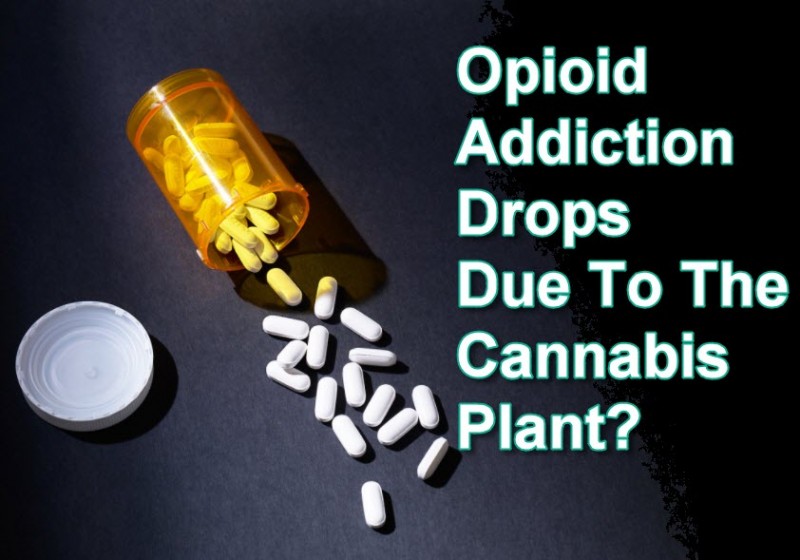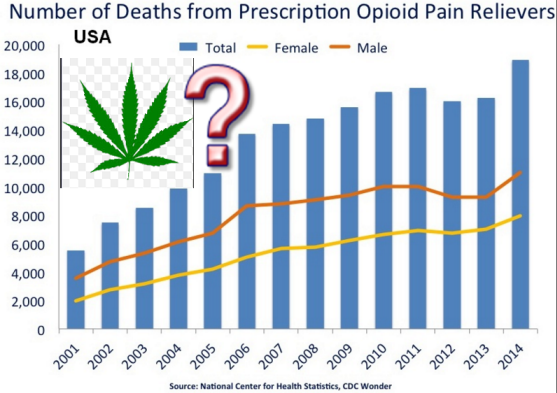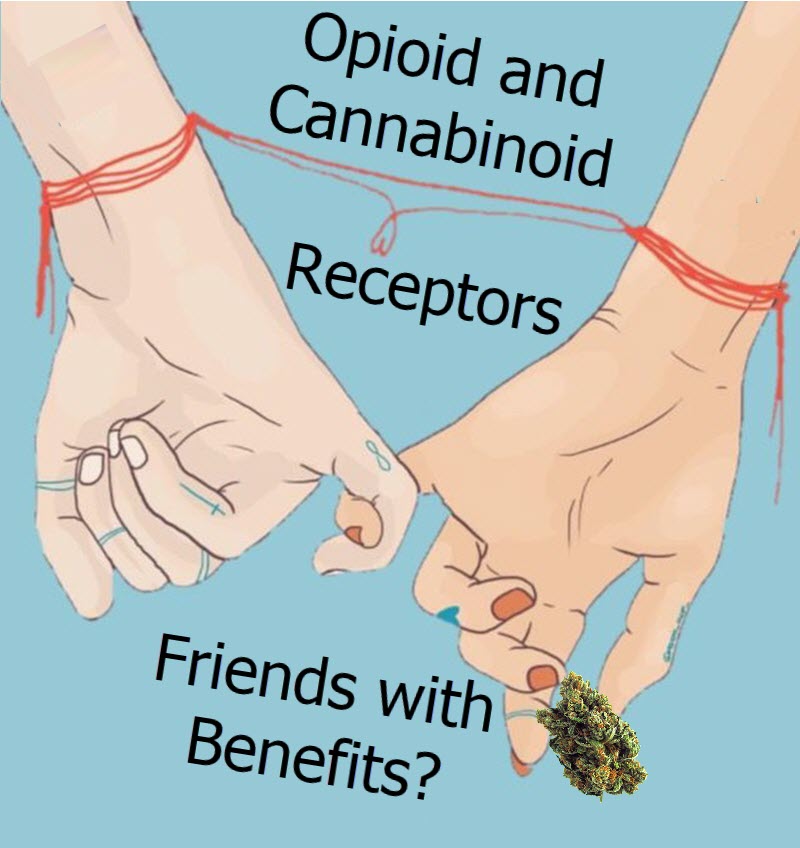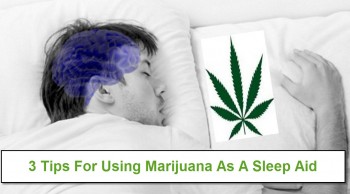Opioid Addiction Drops Due To The Cannabis Plant?
Do Opioid Addiction Rates Drop Due to Medical Marijuana? from CannabisNet on Vimeo.
A number of new studies have highlighted the potential of cannabis to serve as a superior alternative to opioids for pain management.
According to a white paper by The Slocum Firm, cannabis relieves pain even as it helps lessen the effects of opioid addiction. One study found that cannabis is 20 times more effective than aspirin as an anti-inflammatory agent. In addition, states that have made medical marijuana legal show an analgesic overdose rate nearly 25 percent lower than the rate in other states.
Research also has found that states with medical marijuana laws in effect for more than six years have reduced their overdose rates by more than a third. On the other hand, states that have attempted to curb opioid abuse without having legalized marijuana showed little progress in reducing death rates from opioid overdoses.
Can cannabis serve as a viable alternative to opioids? Before answering this question, it’s important to understand how the current opioid epidemic developed.
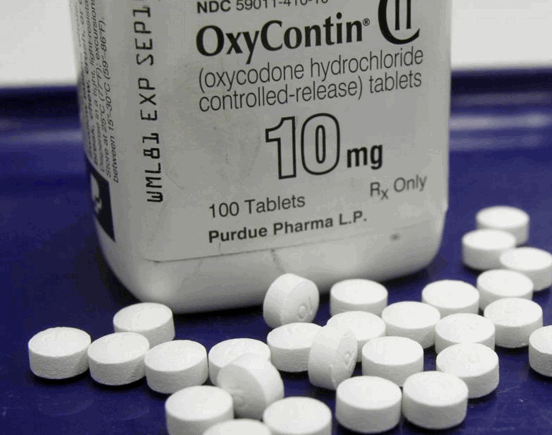
Opioids: A Problem Long in the Making
For more than 100 years, opioids have been used for a variety of applications, including relief of pain and war injuries, as well as casual use. Today, the drugs are considered a part of typical care following surgeries and for individuals suffering from chronic pain. However, with an opioid epidemic raging, many experts advocate seeking alternatives.
The Centers for Disease Control reports that in 2015, more than 33,000 people died from opioid overdose. Personal injury attorneys with The Slocum Firm, the paper’s authors, note having witnessed many cases of doctors over-prescribing opioid drugs, along with the devastating effects to patients’ health. With overdose rates at their highest levels ever, finding alternatives to opioids should be a priority.
Uses for Opioids
Painkillers constitute the second-largest category of pharmaceutical drugs, trailing only cancer medications. Physicians use opioid drugs for pain caused by surgery, cancer, debilitating diseases, and trauma or injuries. Commonly prescribed opioid medications include hydrocodone, methadone, oxycodone, codeine and fentanyl.
The use of opioids is more widespread than at any time in history. The United States is home to 5 percent of the global population but uses 80 percent of the world’s opioids.
In 2015, U.S. doctors wrote approximately 300 million prescriptions for pain medications. In nearly 100 percent of cases, the doctors wrote prescriptions that extended the usual dosage limit of three days. In a quarter of cases, opioid prescriptions were extended by 27 days.

A Variety of Side Effects
Opioids come with the risk of addiction and death from overdose. In addition, the drugs can cause a range of unpleasant side effects when used over an extended time period.
Opioid side effects can include:
- Nausea.
- Drowsiness.
- Dizziness.
- Constipation.
- Respiratory depression.
Long-term use also can cause damage to the liver, vomiting, brain damage and abdominal distention.
In recent years, doctors have reduced prescriptions of opioids by more than 9 percent, but the days of medication for each prescription, along with the total number of prescriptions filled, went up by 8 percent from 2009 to 2013.

Why Do People Become Addicted?
A 2012 study found that more than 2 million people in the United States have prescription opioid-related substance abuse disorders. Deaths related to opioids other than methadone have risen at a constant pace over a number of years.
What drives the widespread transition from a patient with medical issues including pain to a full-fledged opioid addict? Experts say that changes in the brain are to blame for tolerance, dependence and addiction to opioids.
Addiction takes hold when an individual repeats three behaviors:
- A compulsion to obtain and consume an opioid drug.
- Loss of control of the amount of the drug taken.
- The experience of unpleasant emotional effects when the drug is removed.
The use of opioid drugs triggers the body’s mesolimbic system, which sends signals to the brain to release dopamine — and which results in feelings of extreme pleasure. The brain then associates those good feelings with the use of opioids, and the cycle continues.
Over time, continued use of the drugs at higher doses causes the brain to begin acting normally even when the drugs are present. To continue the pleasant effects, increasing doses are required. Once the drugs have changed an individual’s brain chemistry, symptoms of opiate withdrawal result when the drugs are not available.

Treating Opioid Addiction
Withdrawing from opioids without assistance is nearly impossible for someone who is addicted. In most cases, professional help is necessary through either medical or psychological therapy.
Psychological therapy includes counseling but no prescription medicine to aid the addict. Instead, patients work with a psychologist who uses therapies like cognitive behavioral and interpersonal. In some cases, patients may attend group therapy sessions. Psychotherapy works best when patients do not have a history of addiction.
In medical therapy, a patient takes medications that lessen the effects of opioid withdrawal. Drugs utilized with opioid addicts include agonists, which activate the opioid receptors to create similar feelings of pleasure. Partial agonists also stimulate the receptors, although not to the same extent as agonists. Antagonists block opioid drugs from activating the receptors.
Naltrexone, buprenorphine and methadone are the drugs most commonly used to combat opioid addiction.
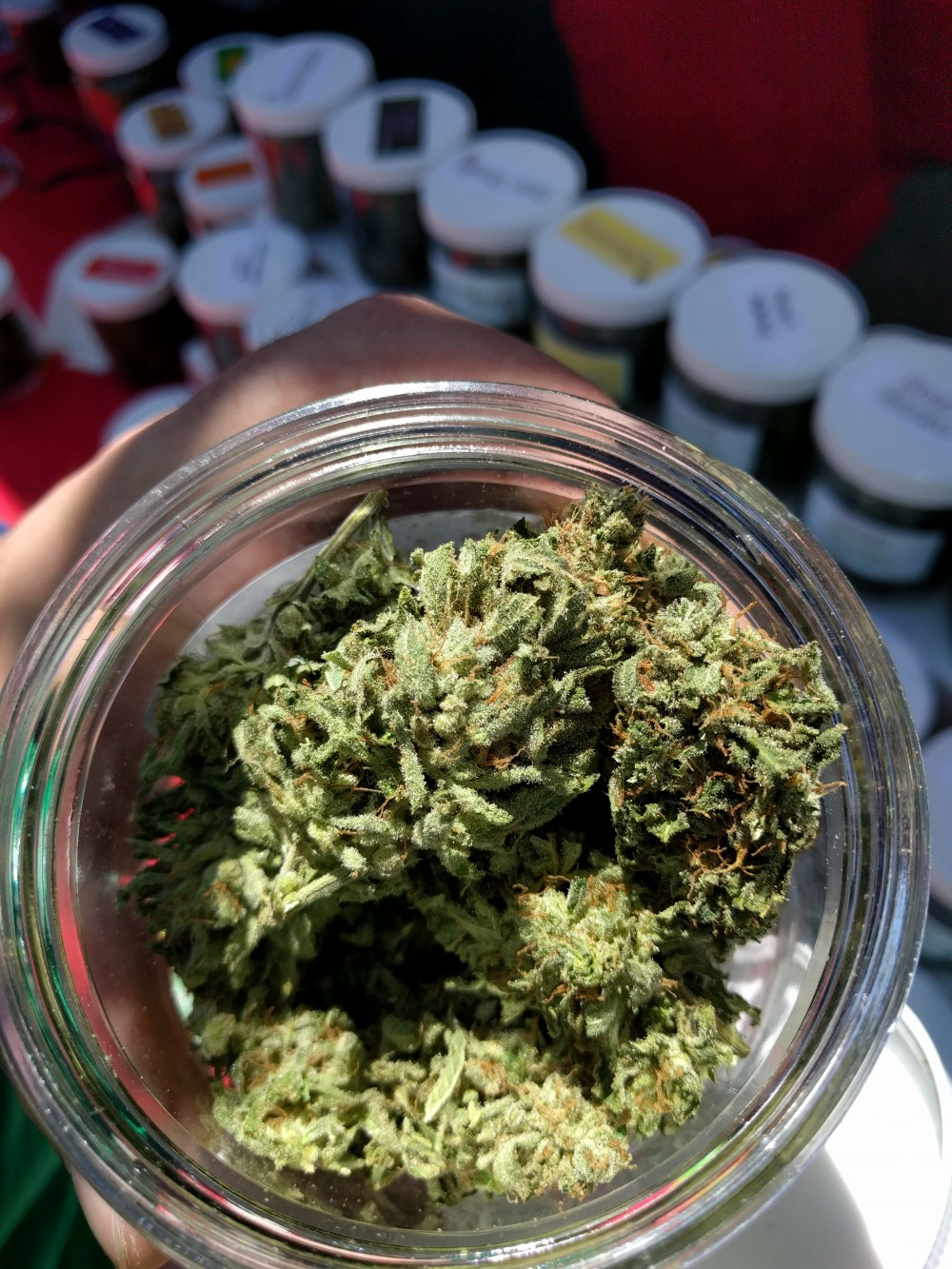
Marijuana as a Medical Alternative to Opioids
Research continues to confirm the medical benefits of marijuana as more states approve use of the herb for medical purposes. In one study, Harvard University researchers analyzed 28 studies relating to the effectiveness of cannabis against pain. The researchers found significant evidence supporting the use of medical marijuana.
A 2003 study aimed to show a direct relationship between the use of marijuana and relapse with opioid drugs, but the research showed the opposite effect. In fact, abusers of opioid drugs had a 16-percent lower likelihood of relapsing when they had the assistance of marijuana for their recovery. In addition, patients with chronic pain who could legally access marijuana voluntarily reduced their use of opioids by 64 percent.
Lowering Human, Financial Costs of Addiction
Reducing levels of opioid addiction by only 10 percent through the use of marijuana would result in projected savings of $5 billion annually in the United States. In reality, the savings could be much higher.
While the research supporting the use of medical marijuana as a means of abating the opioid epidemic remains speculative and indirect, the results are promising and warrant further study.
OTHER STORIES YOU MAY ENJOY..
HOW TO USE CANNABIS TO BEAT OPIATE ADDICTION, CLICK HERE.
OR..
CANNABIS OPIATE ADDICTION TREATMENT NUMBERS, READ THIS.

